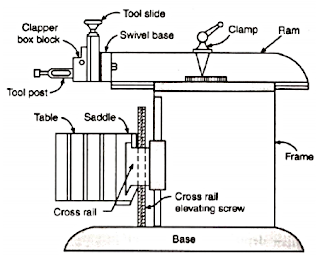02.
Broad Frames of Life
The capital city of Malaysia,
Kuala Lumpur bears a landmark torch that holds the flag of the seventh tallest
telecommunication tower- KL Tower. The name KL gave flash memory of Kerala
registration vehicles.
KL TOWER
Kuala Lumpur, a pretty gummy word
for Indian tongue which means ‘muddy confluence’ in Malay. ‘Lampang’ is the
word behind it which means ‘muddy uncleared forest. ‘Kuala’ is the point where
two rivers join and ‘lumpar’ means mud.
So yes, the KL Tower touches the
skyline with all its exuberance. Located on a small hill,
KL Tower or Menara
extends us several entertainments like pony ride, animal zone, a cultural
village, etc.
After a glimpse of Petronas
tower, we reached the foot of KL Tower and it looked us with great prestige.
Here we come to conquer you! Malaysia always speaks to you in colours. The
entrance of KL Tower was not different from this. It was well adorned in golden
colour which indirectly paints a royal stroke. From a circular area, we are
directed to lifts. As you count, you are simply elevated at height of almost
300m. You must have seen the level numbers in a lift of multistoried
building. But with a difference here my
eyes widened an air of gasp was unknowingly produced with the numbers on the
screen 100m…150m…200m..250m…300m.
A VIEW FROM THE BOTTOM OF THE TOWER
Here we are at the observation
deck. Nightshades are about to engulf the cityscape. Through the big glass windows,
you capture the panoramic view of the city from heights. The observation deck is
exactly at 276m above the ground level. Mind-blowing
view of the metropolitan cities was a rare gift as I never saw them in real
except in Spiderman movies. There the Petronas twins are waving at you with
much more elegance since it is a great feast for eyes during the night. Sure,
Petronas.. the night has made you the showstopper!!
VIEW OF PETRONAS FROM KL TOWER
The whole city has got a
picturesque quality where lights proclaim their very presence. Almost all poets,
storytellers around the globe celebrated the night with its pristine
stillness, moonlit rivers, winking stars, or often as the cradle of crime
stories. Here I strongly felt, the night is thoroughly at the ebb of a party
mode, chilling with illumination and radiant colors.
CITY VIEW FROM OBSERVATION DECK
For it was a late-night, we were not
allowed to sky deck or skybox which might have been an awe-inspiring
experience. Next time we will come to you.
When I stood underneath Petronas,
It gave a revelation of humbleness while I must say
the KL Tower’s heights
graced me with novel perspectives of life.





















